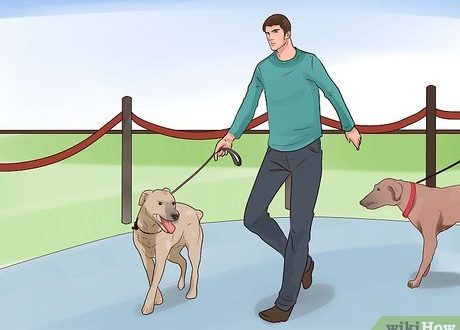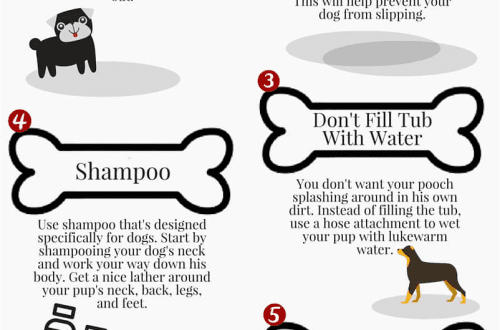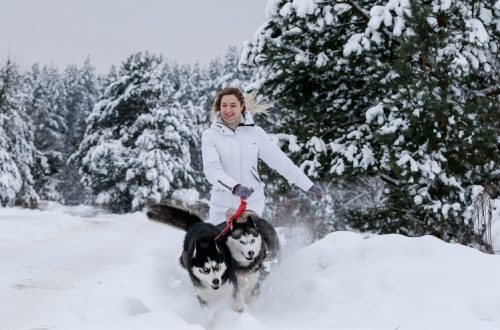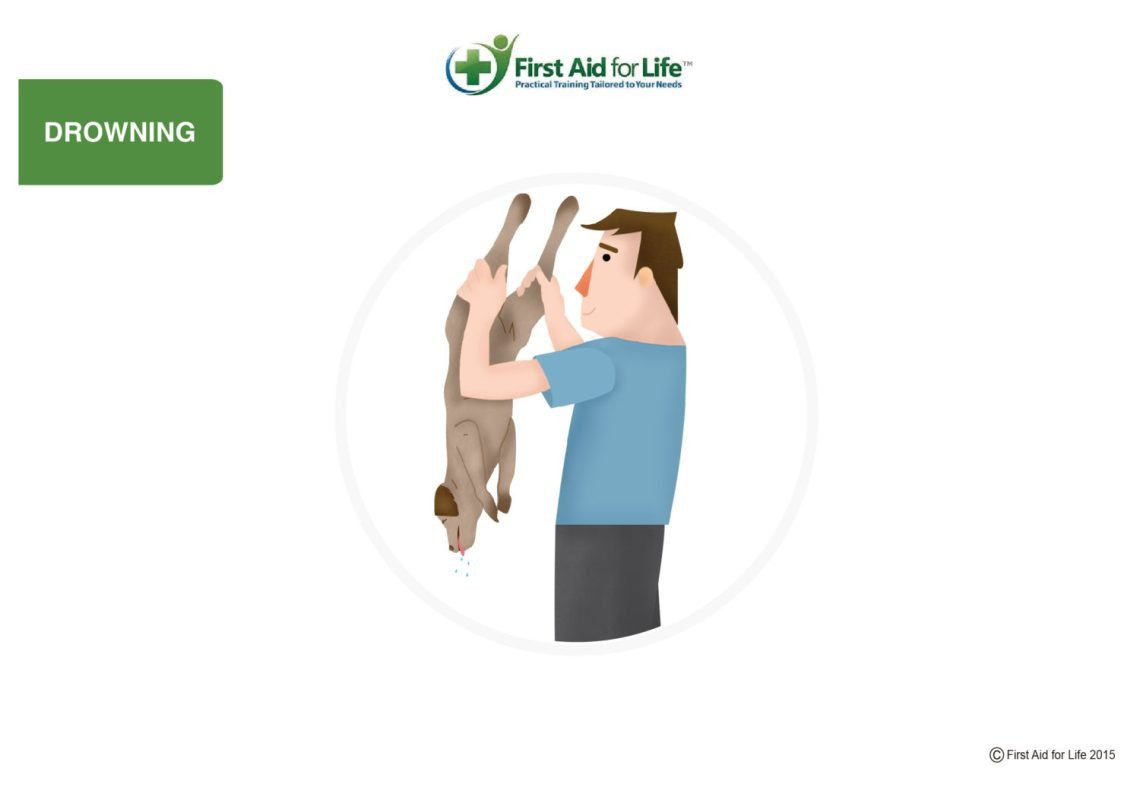
How to help a drowning dog?
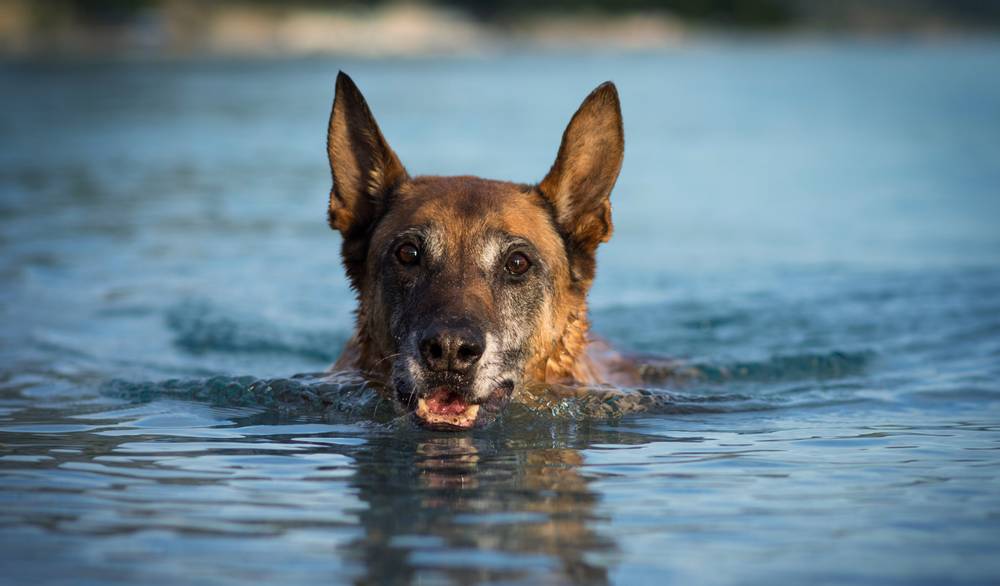
Of course, dogs rarely drown. Acting on instincts, they are much better than people able to get out of any pool. But if the pet still needs help on the water, the main thing is to react in time.
Reasons for drowning
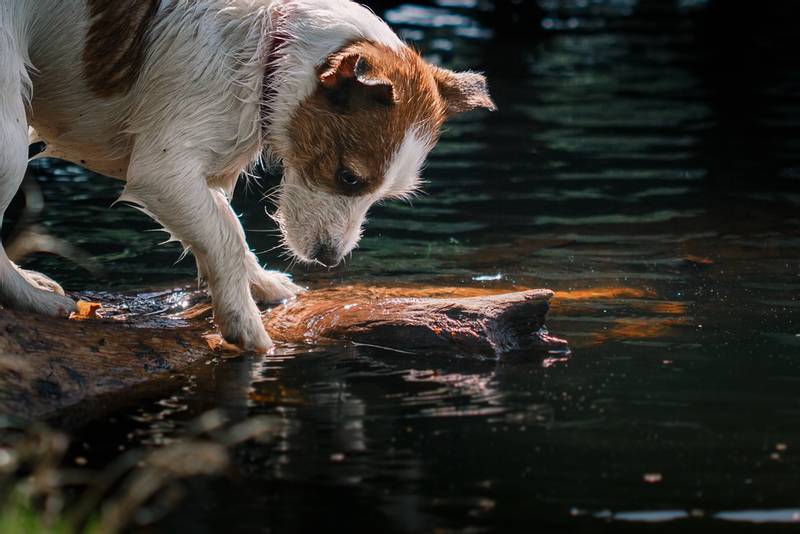
The animal was left unattended – even a born swimmer can feel bad. Statistically, dogs only drown when alone, when the owner is distracted. Or if the pet ran away from supervision.
Unfamiliar body of water – dense underwater vegetation, cold currents or whirlpools may prevent the animal from swimming out.
Spasms – like in humans, in dogs, cramped muscles often lead to tragedy
Fatigue – if the animal even actively demands to throw a stick into the pond again, then on the 10th time it may not be able to swim. Muscles get tired and the animal loses strength.
Drowning symptoms
How do you know if a dog is drowning? After all, she cannot call for help, like a person, and drowning people are usually not capable of active exclamations.
The animal chokes, coughs, foam comes out of the mouth
The dog stops moving in the water, loses consciousness
The pet goes under water and makes no attempt to swim out
With a long stay without oxygen, clinical death is possible, in which case it is necessary to act very quickly.
How to help?
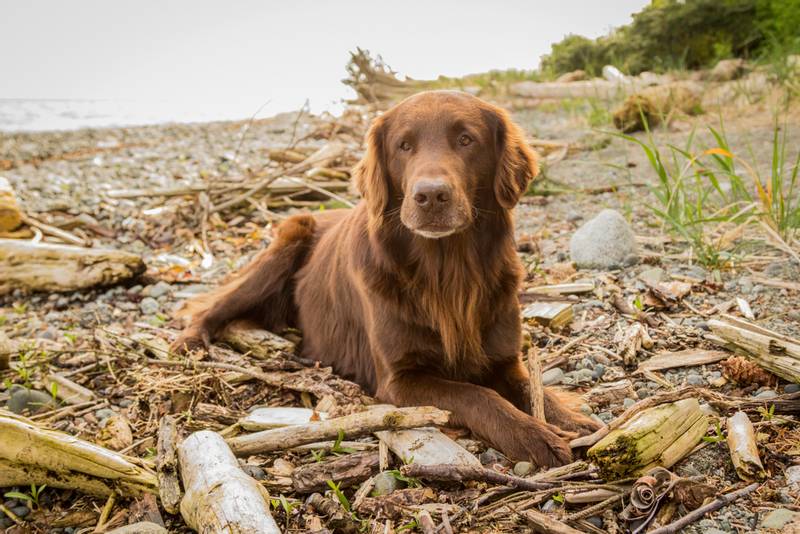
Pull the animal out of the water. The truth is, it’s not worth risking your life. If you cannot swim or for some reason cannot go down into the water, call passers-by for help or call the rescue services. Try to pick up the animal by the collar or harness with a stick or other improvised means.
After taking your dog ashore, try to warm it up by wrapping it in your own clothes or a suitable cloth.
If the animal has lost consciousness, provide first aid. Raise the dog by its hind legs and shake it, helping the water out of the respiratory tract (of course, if your physical characteristics and the weight of the animal allow it). Lay the pet on its side, open the mouth, clean it of foreign objects, if necessary. If there is no pulse, do chest compressions. Rhythmically press on the dog’s chest, at least 60 pushes in 60 seconds. Artificial respiration will also help: by blowing the air you exhale (that is, carbon dioxide) into the dog’s mouth, you activate the centers of the brain responsible for breathing.
Get the animal to a clinic as soon as possible or call a veterinarian at the scene.
Treatment
Often, when a dog recovers quickly from an accident on the water, the owners neglect the advice of the veterinarian or do not go to the doctor at all. This is fraught with serious consequences, because water that has entered the bronchi or lungs can make itself felt even after a few days. The liquid can lead to swelling or inflammation, and this can even be fatal.
17 2019 June
Updated: 24 June 2019



